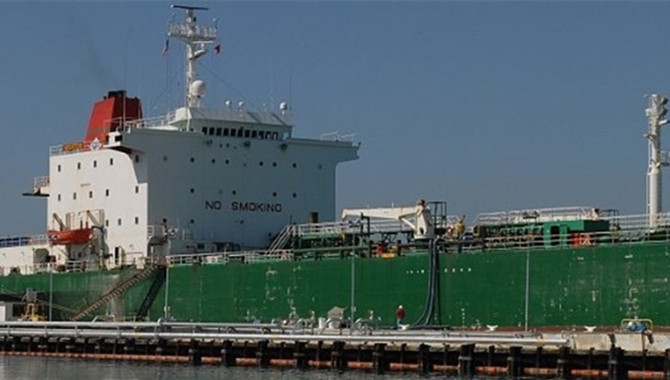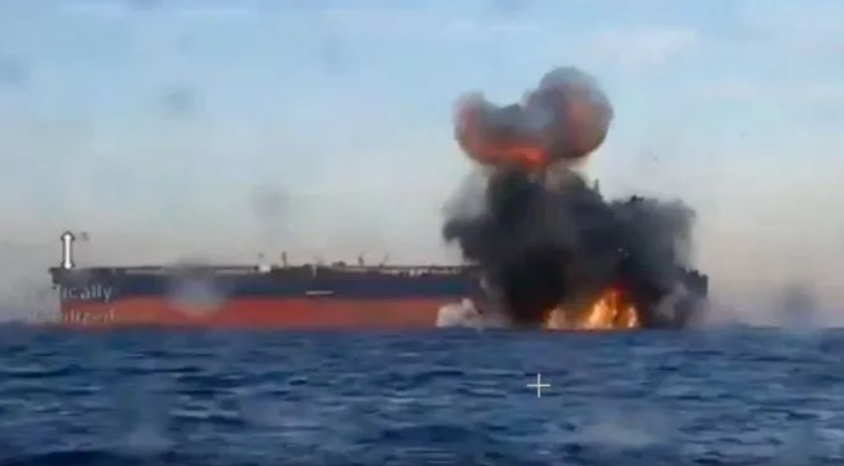
The risks posed by contaminated bunkers are “one of the biggest challenges facing the marine fuels industry,” according to North P&I director of freight, demurrage and defense (FD&D) Mark Church
Speaking at the recent Tackling Global Challenges event in London, Mr Church noted the spate of contamination problems which originated in Houston earlier this year, and which are believed to have resulted from a contaminant known as 4-cumylphenol and other fatty acids entering the supply chain via cutter stock.
Such contamination is undetectable via conventional fuel testing methods, meaning owners are only alerted to a problem at the point of use, potentially resulting in serious mechanical failures. Mr Church said that the total number of affected vessels may be in the 300-400 range and that North P&I itself has dealt with claims from 40 members.
- Bunkers: Trust and certainty is needed
- The mounting risks of dirty fuel
- Intertanko hits out at authorities over contaminated bunkers
From a legal standpoint, another problem exists in that owners who take on contaminated bunkers may find it difficult to find a remedy from suppliers, if, from a supplier’s perspective, the bunkers are compliant with the stated specification under ISO 8217.
Mr church also flagged up concerns related to the strict time bars associated with bunker supply contracts. He explained that owners may only discover a problem with their bunkers once the period for notification of such issues to suppliers has passed.
“It’s not great if it’s taking you 20 days to do the tests to establish there is something wrong and then you find out … you have to [bring a claim] within 10-15 days after stemming the bunkers.”
However, he also noted that the time bar itself does not prevent a claim being brought and while suppliers may use it as a defense, owners can get around this.
Given the difficulties involved in testing, it can also be difficult to establish that the cause of an incident, and any subsequent issues, stems from organic compounds in the fuel. There is some good news though, according to Mr Church; most contracts will have a “fit-for-purpose” clause, so if an owner can demonstrate that the bunkers are not fit for purpose, a claim may be brought against a supplier or charterer, if they are responsible for bunkers, on this basis.
Mr Church advised owners to sample and test fuels and to check contracts and consider agreeing a specification that deals with this specific issue. He also suggested gaining a familiarity with time limits and sampling responsibilities and, if a concern arises, to consider debunkering.
“We would hope and expect that courts may have sympathy with an owner who decides, on reasonable grounds, that there may be a problem with these bunkers and takes the decision to debunker, rather than run the risk of a serious main engine problem,” he said.
To help avoid contamination in the first place, Mr Church advised owners to use reputable bunker suppliers, conduct regular monitoring of the engine function and to avoid mixing fuels in storage tanks or during fuel changeover.
He warned that contamination may rise in coming years, as more blending takes place to ensure compliance with the 2020 sulphur cap.
Source:mpropulsion
Please Contact Us at:







